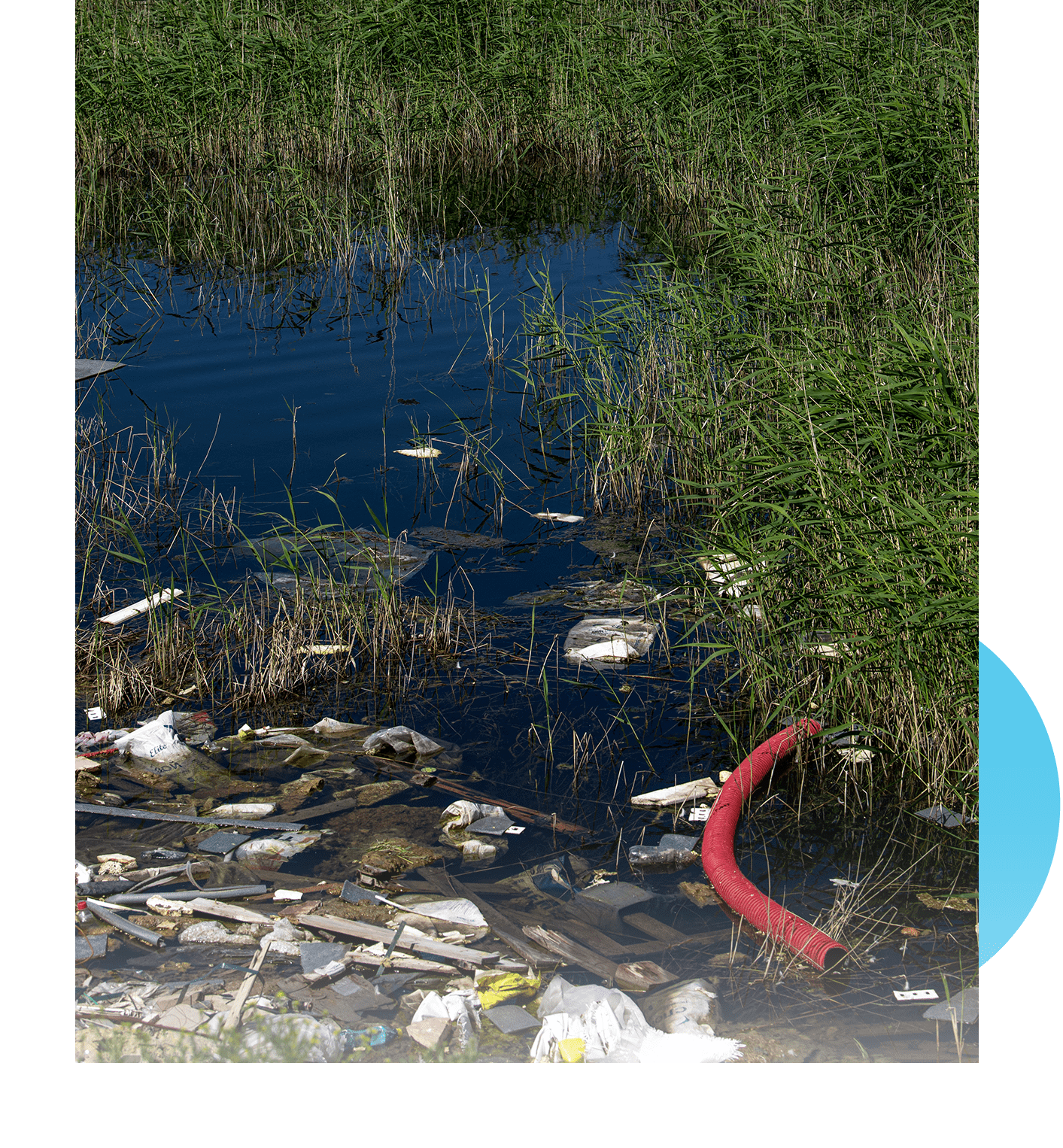The Reduction of Plastic Pollution

A Global Problem is a Local Problem
There are currently over 5 trillion pieces of plastic littering our oceans, and that number keeps growing. In all, this trash accumulates in 5 different floating garbage patches, with the largest one being the Great Pacific Garbage Patch located between California and Hawaii. But what does a far-off floating patch of garbage have to do with you?
EVERYTHING!
In the Oceans…
Plastic Never Fully Decomposes
Instead, it breaks down into tiny pieces called microplastics. Eventually, these microplastics settle on the ocean floor, littering and choking natural habitats, harming marine life on the way down.
Plastic Becomes a
Food Source
Microplastics on the ocean floor become a “food source” for plankton and other bottom feeders. And many of our own marine food sources consume these organisms, which means we, too, end up consuming microplastics.
Plastic Kills Our Marine Life
Conservative estimates suggest that plastic pollution kills more than one million sea birds, marine mammals, and other animals every year. Other research shows that 100% of our sea turtles have already consumed plastic in some form.

In the Rivers…

Plastic is the No. 1 Polluter
Around the world, thousands of rivers feed directly into the oceans. So, it’s not surprising that nearly 80% of plastic pollution in the oceans can be traced back to 1,000 river mouths around the globe, including the Mississippi River.
Plastic Harms Natural Wildlife
Plastic in our rivers affects animals similar to the animals in the oceans. Plastic that doesn’t travel downstream breaks down into microplastics which eventually become a part of fish diets and, at some point, our own.
Plastic Pollutes Our Drinking Water
Rivers are considered fresh sources of drinking water, but plastic pollution makes this resource less appealing. Plastic bottles contain EDCs (endocrine-disrupting chemicals) and other harmful chemicals, which leak into rivers and streams as they break down.
On Land…
Plastic Is Rarely Recycled
Roughly 5% of plastic in the United States gets recycled properly every year. The other 95% percent? Yep, you guessed it! It ends up in our landfills, rivers, and oceans. Additionally, most plastic isn’t recyclable at all.
Plastic Litter Is Everywhere
We guarantee you can’t drive down the street of your neighborhood without seeing a plastic bottle, utensil, or bag lying around. Littering is one of the major reasons plastic ends up in lawns, ditches, and fields.
Plastic Is Used Every Day
There is no argument that plastic is hard to get rid of. It’s a part of our everyday lives! But, if we can eliminate one portion of it (plastic bottles), then we can help make a difference in plastic pollution, not just on land but in the sea.

The Lifespan of Plastic
Plastic doesn’t break down quickly. That means it sticks around for decades, even centuries. What you use today could be around for years to come.
plastic
rings
400 Years
plastic
bottles
450 Years
plastic
bags
20
Years
plastic
straws
200 Years
Help Us Make a Change
Let’s Removing Plastic Bottles from Circulation!
Bottleless Nation and the Bottleless Nation Charitable Foundation are on a mission to reduce plastic pollution by removing as many plastic bottles from circulation as possible! Join us in either building a business with heart, health, and impact or by supporting our initiatives to support other water and environmental causes.

